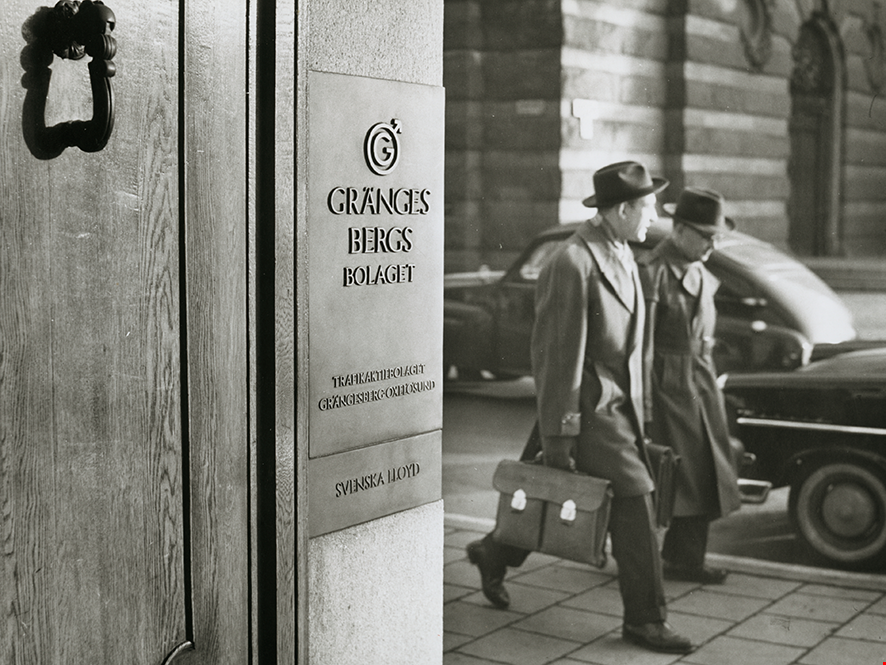- Home /
- About Gränges /
- Our operations /
- History /
- Historical eras /
- 1957-1976

1957–1976: A growing conglomerate
Under Erland Waldenström's leadership, Gränges entered a new era in 1957, when the Swedish state released LKAB from the company for almost SEK 1 billion. The question was what would the company use this new liquidity for? For that sum, Gränges could, for example, buy power in all the major listed companies and become an investment company. Whatever the decision it would be an almost new company. Distributing the sum to the shareholders was not considered a good idea as it would mean high taxation and the state receiving an immediate refund.
Eventually there was a refurbishment of the remaining mines in Bergslagen, a new mine in Liberia, expansion of the steelworks in Oxelösund and eventually the takeover of Svenska Metallverken, which also owned Finspongs Metallverk, and the engineering company Bröderna Höglund. During these years, Gränges grew to become Sweden’s leading industrial company. During the 1970s, however, the problems began to pile up. The boom weakened and Swedish wage costs skyrocketed.
In 1965, Sweden reached its relative peak as an industrial nation. The country accounted for 2.4 per cent of world trade and the privately owned companies employed a total of 3.1 million people. It is a level that has never been reached since. By the end of the 1960s, however, the party was over. Increasing inflation had eroded companies' competitiveness and equity/assets ratio.
Image: Sign at the entrance for Gränges staff at the head office in 1958. Image from the Railway Museum.

 svenska
svenska
 中文(中华人民共和国)
中文(中华人民共和国)



